Now Reading: Top 4 Best Places Visiting in Mandsaur – Temples, Forts & Natural Wonders
-
01
Top 4 Best Places Visiting in Mandsaur – Temples, Forts & Natural Wonders
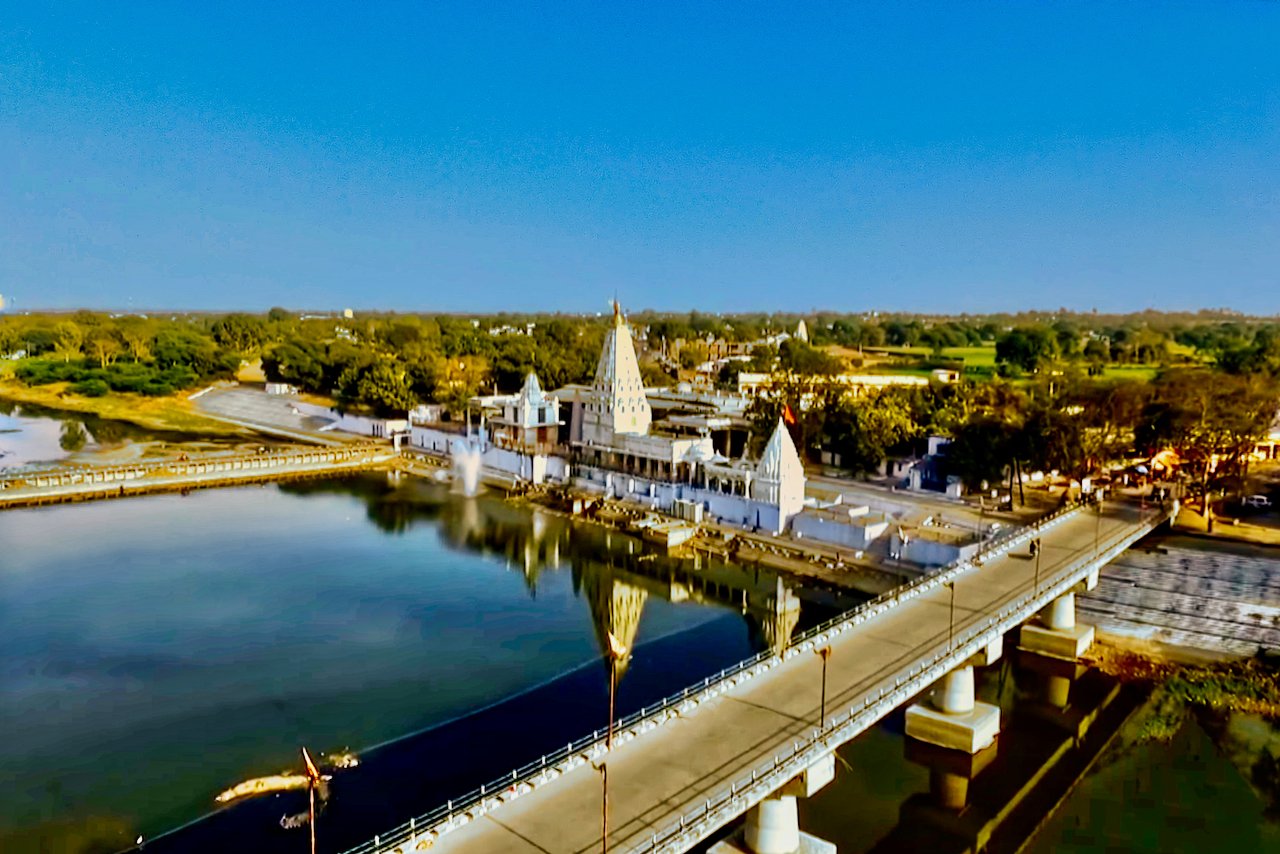
Top 4 Best Places Visiting in Mandsaur – Temples, Forts & Natural Wonders
1.Dharmrajeshwar
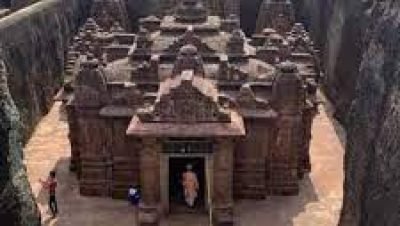
The hidden ancient heritage site of Dharmrajeshwar exists in Garoth tehsil between 106 kilometers distance from the district headquarters. The remarkable site functions as an architectural masterpiece from ancient India beyond its temple status.
The rock-cut temple at Dharmrajeshwar exists from the fifth and sixth century through its direct stone carving process. India’s lesser-known treasure among its cultural and architectural heritage exists at Dharmrajeshwar because its design mirrors classic rock-cut monuments from Ellora in Maharashtra.
A historical monument known as Dharmrajeshwar once honored Lord Vishnu at its beginning. Time brought change to this temple thus Shiva devotees transformed it into a place of worship for Lord Shiva. The Garbhagraha containing the Shivalinga now rests inside the sanctum sanctorum while it displays the Harihara symbol which represents both Lord Vishnu (Hari) and Lord Shiva (Hara). The divine combination at Dharmrajeshwar symbolizes sacred harmony between different deities which makes the location uncommon for spiritual experiences.
Why Visit Dharmrajeshwar?
- The religious site of Dharmrajeshwar ensures a spiritual experience for both history buffs and architecture fans and spiritual tourists. People are drawn to this living piece of Indian heritage for its magnificent rock-carved beauty and its sacred character along with its historic evolution.
2.Victory Column
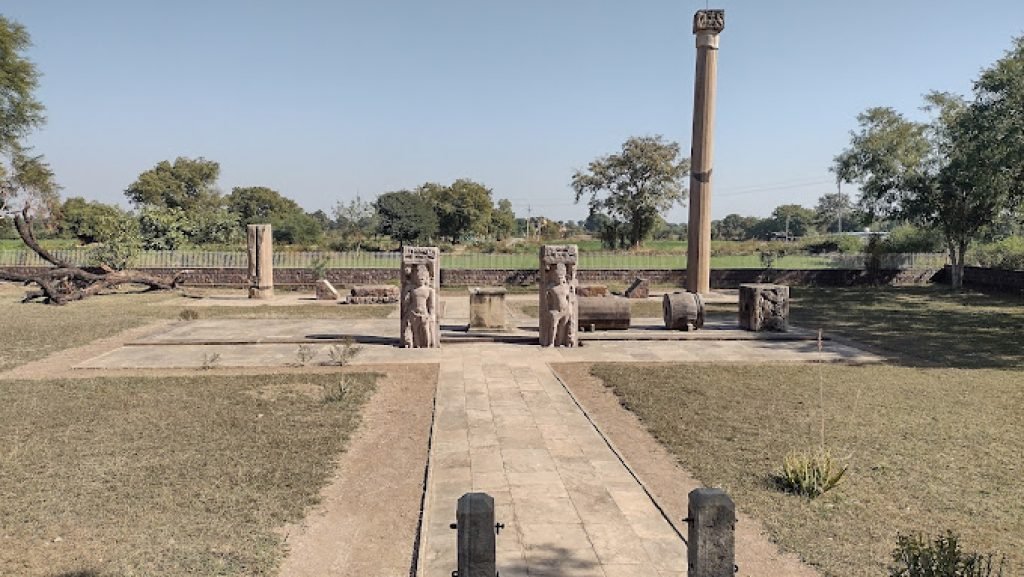
The Victory Column (Vijay Stambh) resides in Soudhani village which lies four kilometers from the district headquarters. Comparatively unknown to other Indian pillars this monument exhibits great historical value through the legacy of King Yashodharman who ruled a vast portion of the Indian subcontinent.
Historians at the Archeology Department together with expert scholars support that the Victory Column represents King Yashodharman’s historic triumph against the Hun tribe which threatened various ancient Indian dynasties in the 5th and 6th centuries CE. Such a victory served as more than just military achievement as it demonstrated Indian culture’s survival throughout the period of foreign invasions.
3.Pashupatinath Temple
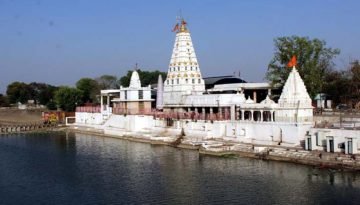
The main sightseeing of Mandsaur is lord Pashpupatinath temple. Pashpupatinath is the synonym of lord shiv. This artistic statue is set up from wonderfully glowing dark coppery fiery rock-piece. The temple is placed at the edge of Shivna river.
Its weight is 4600 kg. Height 7.25 ft. in curvature and 11.25 ft. in straight. It has 8 heads they are splitted by 2 part. 4 heads on the top part 1st then 4 head bottom part 2nd. Top 4 clear, refined and complete heads, 4 bottom not refined heads.
This temple has four gates facing the four sides but the entrance gate is made on the west side. This effigy head situated in the West are portrait harsh image of Lord Shiva. This heads make-up show three rasp (relish) which is bun-shaped hair with poisonous snakes, skin emerging “third eye” and open underlie. In the middle tangled hair with snakes (known as killers) covering (which is very familiar with the term annihilation omkar-veda mantras of expressing God almighty)
4.Gandhi sagar Dam

Gandhisagar Dam is lying at a distance of 168 Kms. from the District Head Quaters. The Dam has made on the Chambal River. Gandhi Sagar Dam / Power Station in the District and the foundation stone for the construction of the same was laid by the Prime Minister Pandit Jawaharlal Nehru on 7th March, 1954. The project started in 1957 in the power station, while Power generation and distribution were started in November of 1960. The total cost of construction of Gandhi Sagar Dam and Power Station was of Rs. 18 Crores 40 Lakhs. On construction of Power station incurred the expenses of Rs. 4 Crores 80 Lakhs.
Gandhi Sagar Power Station is 65 meter length and 56 feet width.
The sustainability of power at district is being met and Gandhi Sagar Power Station. Apart from meeting the power needs of the District, electricity from this power house is sent to Madhya Pradesh and Rajasthan state even from distant places.
Related articles : Top 5 Best Places Visiting in Mandla – Temples, Forts & Natural Wonders
Stay Informed With the Latest & Most Important News
Previous Post
Next Post
-
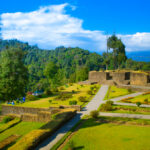 01Top 5 Best Places Visiting in Gyalshing – Monasteries, Lakes & Scenic Escapes
01Top 5 Best Places Visiting in Gyalshing – Monasteries, Lakes & Scenic Escapes -
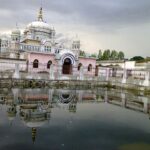 02Top 5 Best Places Visiting in Panna – Temples, Waterfalls & Wildlife Escapes
02Top 5 Best Places Visiting in Panna – Temples, Waterfalls & Wildlife Escapes -
 03Top 5 Best Places to Visit in Malerkotla – Malerkotla Fort, Sheesh Mahal & More
03Top 5 Best Places to Visit in Malerkotla – Malerkotla Fort, Sheesh Mahal & More -
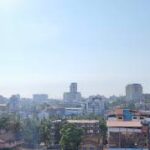 04Top 10 Best Places Visiting in Dakshina Kannad for Culture, Nature & Coastal Charm
04Top 10 Best Places Visiting in Dakshina Kannad for Culture, Nature & Coastal Charm -
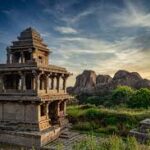 05Top 2 Best Places Visiting in Chitradurga for History, Nature & Adventure
05Top 2 Best Places Visiting in Chitradurga for History, Nature & Adventure -
 06Best Places Visiting in Shopian – Explore Top Attractions & Hidden Gems
06Best Places Visiting in Shopian – Explore Top Attractions & Hidden Gems -
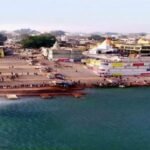 07Best Places Visiting in Narmadapuram – Temples, Waterfalls & Wildlife Escapes
07Best Places Visiting in Narmadapuram – Temples, Waterfalls & Wildlife Escapes












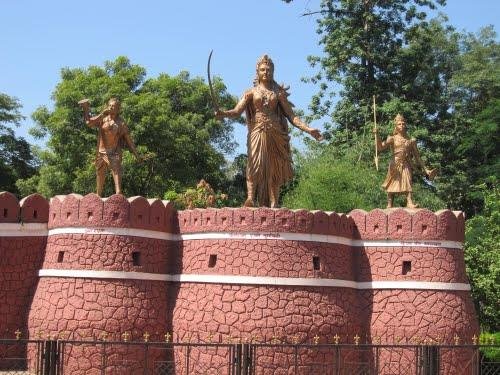

Pingback: Best Places Visiting in Shahdol – Temples, Dams & Natural Attractions